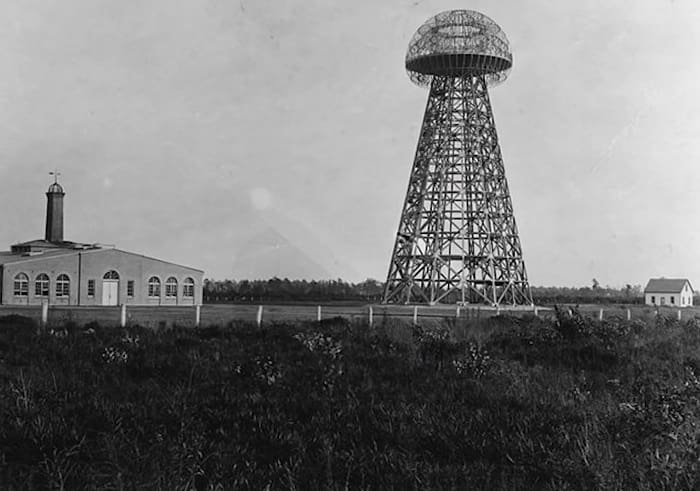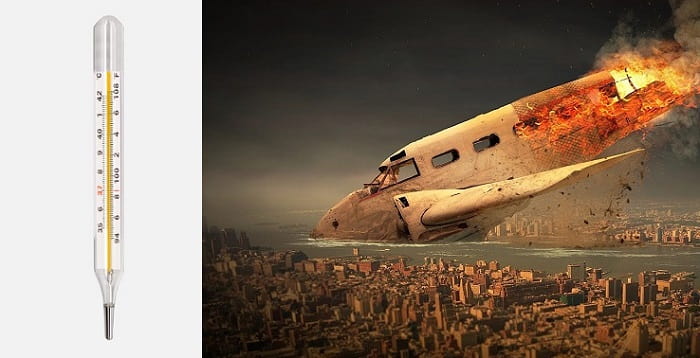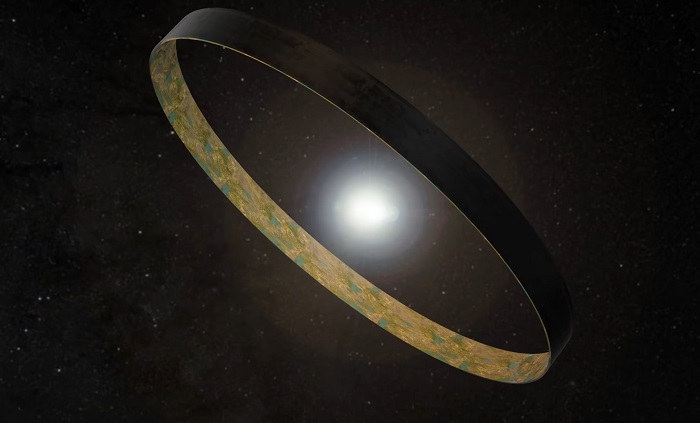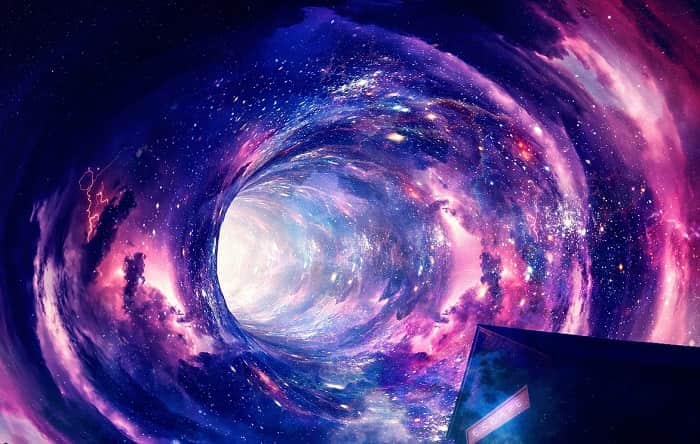Some Interesting Facts About Black Holes | Why Can't Light Pass Through Black Holes? Know the Reason
Many people are fascinated by the concept of black holes because black holes are considered to be the strangest objects in outer space, and the curiosity to know about these regions of spacetime always remains at peak among the people. So let's try to talk about black holes in detail in today's article.
A black hole is such an object or region in space where the gravitational pull is so high that even light cannot pass through it and if the light does not pass through it then how can we see it. Black holes are formed when a star dies, usually, when a star dies, it bursts and spreads into small pieces, but sometimes if that star does not burst then it consumes itself. Due to which gravity also gets added to it and as gravity increases, it becomes even more dense.
Albert Einstein was the first person who predicted the existence of black holes in his general theory of relativity in 1916, but the term "black hole" was introduced many years later by the American astronomer John Wheeler in 1967. After that, the first physical black hole was spotted in 1971 and then in 2019, the Event Horizon Telescope released the first-ever image of a black hole discovered in the center of the galaxy M87.
So far astronomers have identified three types of black holes, which are Stellar black holes, Supermassive black holes, and Intermediate black holes. Stellar black holes form when a very large star collapses and continues to compress itself. They are small but are considered deadly. Then there are Supermassive black holes, these black holes are very large in size and are millions or even billions of times bigger than our sun, so now you can imagine how they would look like. Last is Intermediate black holes, scientists thought that black holes must be only in small or large size, but recent research has revealed that mid-size black holes also exist, which are called Intermediate black holes.
Black holes are considered to be the most harmful objects of the universe because asteroids, planets, or anything else that comes closer to it, black hole pulls them inside it and make them destroyed. Because of the extreme gravitational pull, nothing can come back out of the black hole again. If black holes keep increasing, then the whole universe will be filled with them, and this could threaten our planet. In 1974, Stephen Hawking had introduced a theory which was based on quantum vacuum fluctuations and this theory is also called Hawking radiation. This theory tells us that after a time the black hole will evaporate each particle and that too at a very slow rate and as this black hole gets smaller, it will burst into the universe.
Particles are constantly being generated in space and colliding with each other, there is one particle and one antiparticle. There is positive energy on one and negative on the other, so no new energy is being generated. These two particles annihilate each other so quickly that they cannot be detected. As a result they are called virtual particles. But Hawking suggested that these virtual particles could be real if they formed just near a black hole. Hawking predicted that one of these two particles would go inside the black hole and the other would be left alone. If the negative energy particle remains in the black hole then the total energy of the black hole will decrease and this will also reduce its weight, and on the other hand, the other particle with positive energy will go into the space.
The result would be that a kind of energy would be released from the black hole and this energy is known as Hawking radiation. However, this radiation keeps on decreasing continuously. This means that the size of the black hole may get shrink, and it is even possible that the black hole may gradually disappear, but this contraction will not necessarily be gradual and quiet.





































